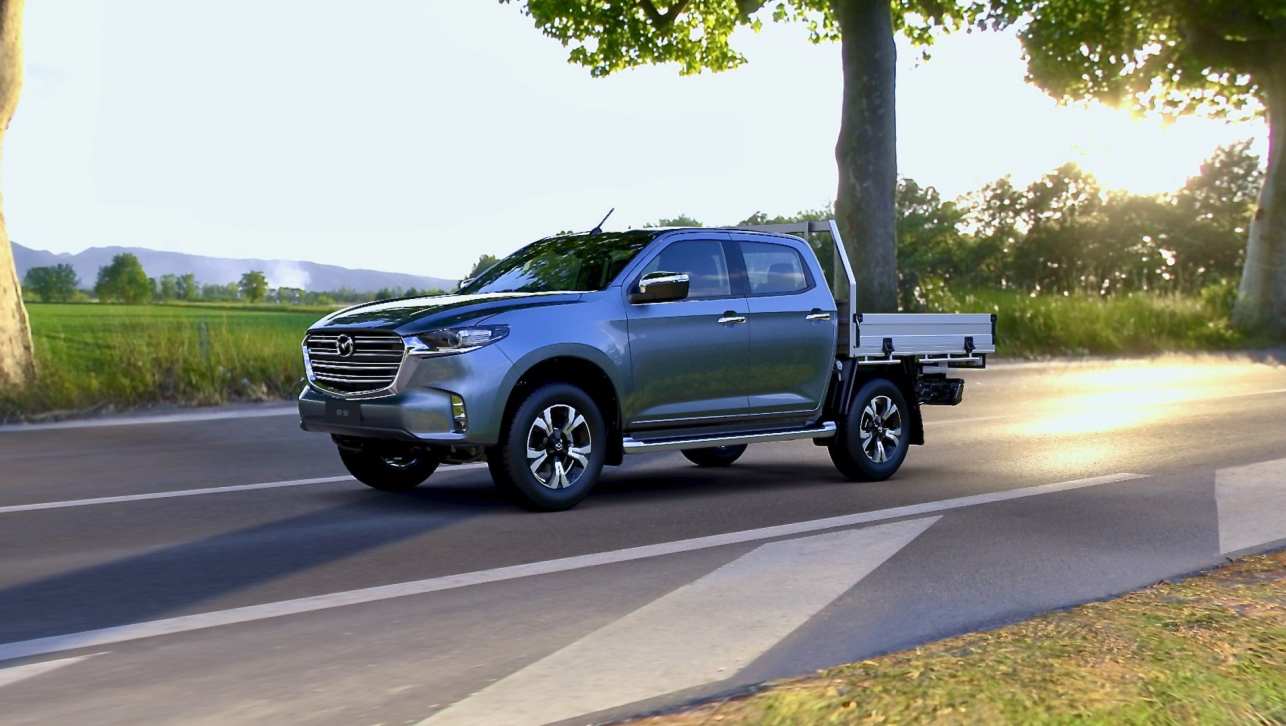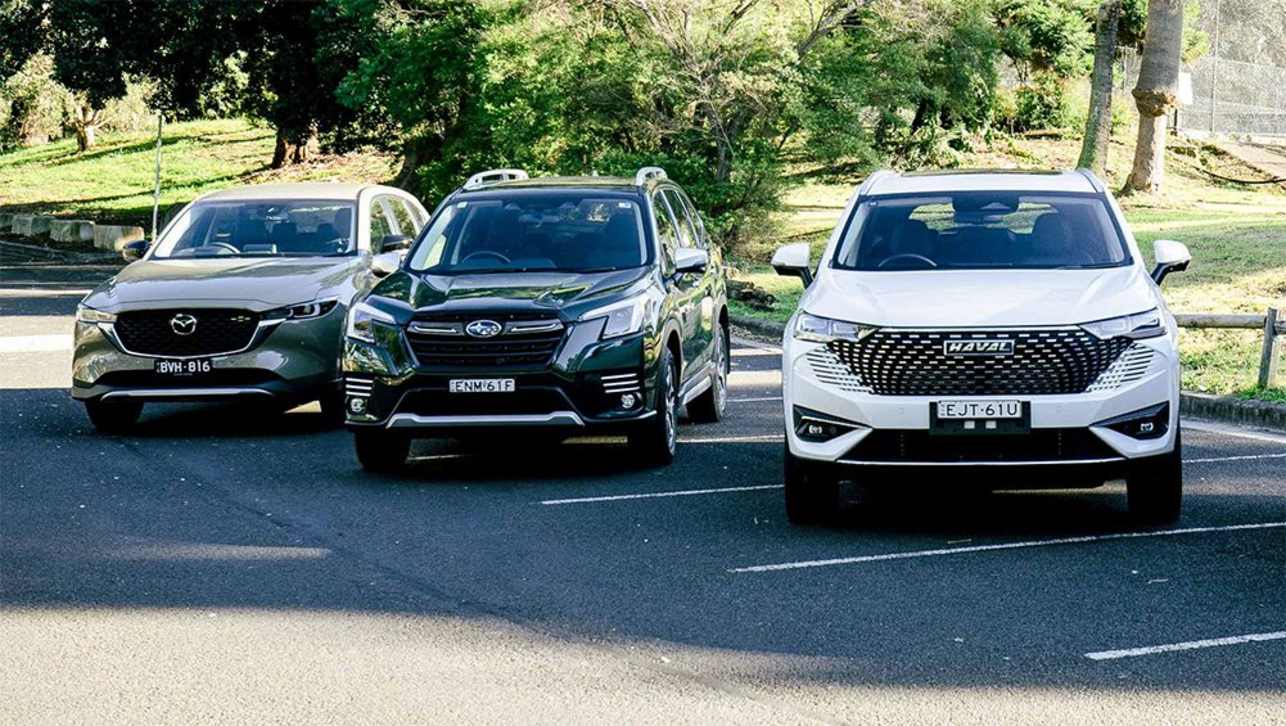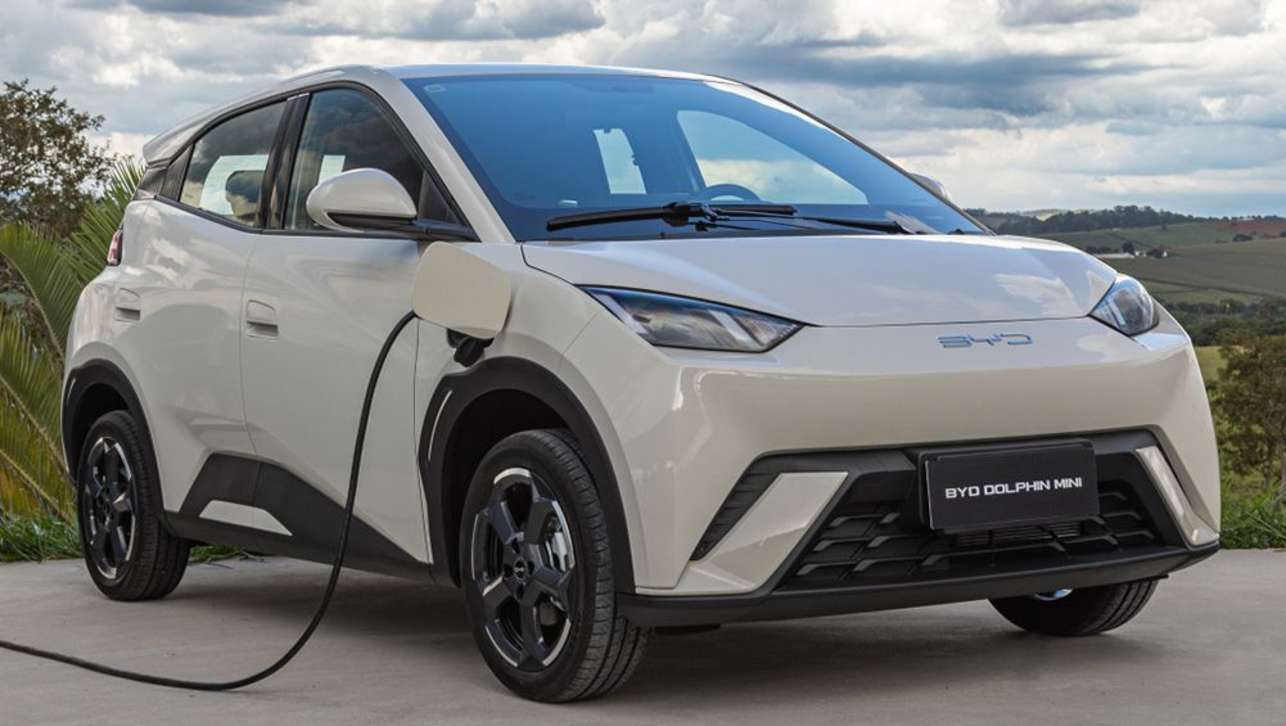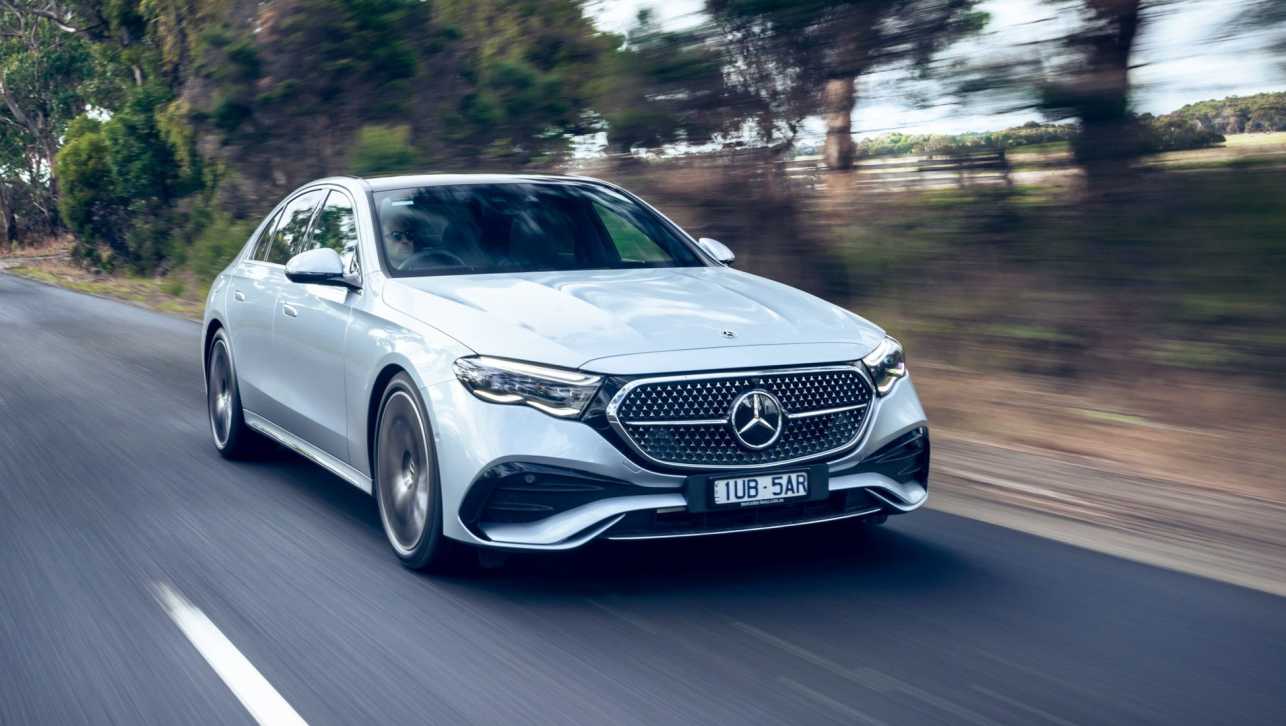As the famous fable tells us, don’t kill the goose that lays the golden eggs. But it seems that lesson is being lost on car company executives who continue to dilute their prestigious performance brands.
And it’s not just the well-established players such as Mercedes-AMG and BMW M, but newcomers including Toyota GR and Hyundai N that are all jumping in on the latest trend in the automotive industry - ‘sporty’ models that offer some styling changes but lack the performance upgrades of their superior stablemates.
A recent drive of the latest Mercedes-AMG C43 brought this concept into focus. While it’s powered by a bespoke, F1-inspired engine built by AMG and featuring an electric turbocharger, visually there’s not a lot to separate the C43 and the C300 AMG Line, especially to the untrained eye. The line between the two models, which should be significantly different, has become strangely blurred.
Not that Mercedes should be singled out in this regard. BMW has its line-up of M Sport bodykits for a variety of models that feature minimal (or no) performance upgrades like a genuine ‘M Car’ while Audi Sport also offers optional ‘S Line’ styling kits across its range that make it hard to tell what’s a wolf in sheep’s clothing and what’s a wolf in wolf’s clothing.
This is a trend that has spread across the industry too, not just the luxury market and its well-established performance brands. Toyota swiftly followed up its acclaimed GR Supra and GR Yaris hero models with ‘GR Sport’ variants of several models, including the decidedly un-sporty Yaris Cross and C-HR small SUVs.
Hyundai did the same thing, replacing its ‘SR’ models with the ‘N Line’ badge almost as soon as it had the i30 N hot hatch in showrooms, covering everything from the i30 to Kona and even the Tucson.
The reason these carmakers are so eager to dust as many models in the range with some of the magic from the high-performance versions is easy to understand - it makes them easier to sell. The shared connection between a Mercedes-AMG and a Mercedes-Benz with an AMG Line kit makes the latter more appealing to buyers, in the same way a Kona N Line looks and feels more special than the model directly below it.
It may be beginning to sound like a cliche but it’s true, Australians love performance cars. We are drawn to the sportier variants of any vehicle like a moth to a flame, buying AMGs, Ms and Ns in huge numbers, so it makes complete sense that executives will appeal to that instinct.

In truth, many buyers of these style-focused models aren’t swayed by any sporty pretence but are simply looking for the better-equipped model in the range. Which brings me to my key concern over this recent trend.
Because many buyers are simply looking for the higher grade model rather than anything sporty, it means these brands are running the risk of diluting their true performance models for no meaningful reason. Brands like AMG, M and Audi Sport have taken decades to build and it would be a crying shame if they ended up being compromised by these style-over-substance offerings that have spread like wildfire.
This is especially true for brands like Toyota’s GR and Hyundai’s N, both of which are newcomers to the market but have already established a reputation for excellent hot hatches and other true performance cars.
.jpg)
This will become even more acute as we move into the new era of electrification, where performance becomes more ubiquitous and separating a genuine performance car from a lookalike will be hard to differentiate.
Of course, car companies won’t stop making these cars because, ultimately, if people are buying them they’d be mad to cut them off. My only hope is that they are more mindful about what cars earn a ‘performance’ badge and don’t dilute them too much.
After all, what’s the point of creating iconic go-fast brands only to make them feel common rather than special. As the story tells us, when you have a goose that lays golden eggs, restraint is critical.




.jpg)







.jpg)



.jpg)
.jpg)


.jpg)



.jpg)





Comments